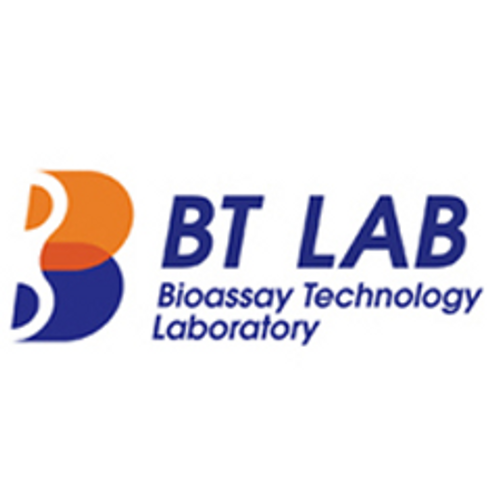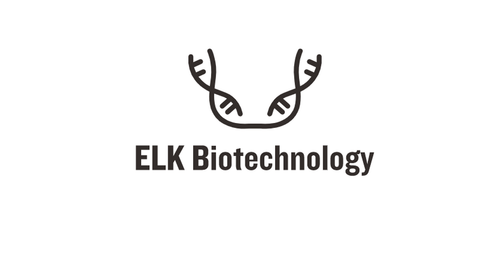Product Description
Human Advanced oxidation protein products (AOPP) ELISA Kit | AE63142HU | Abebio
Species Reactivity: Human (Homo sapiens)
Abbreviation: AOPP
Alternative Name: N/A
Application: ELISA
Range: 123.46-10000 pg/mL
Sensitivity: 49.6 pg/mL
Intra-Assay: ≤3.9%
Inter-Assay: ≤7.0%
Recovery: 0, 87
Sample Type: Serum, Plasma, Other biological fluids
Detection Method: Sandwich
Analysis Method : Quantitive
Test Principale: This assay employs a two-site sandwich ELISA to quantitate AOPP in samples. An antibody specific for AOPP has been pre-coated onto a microplate. Standards and samples are pipetted into the wells and anyAOPP present is bound by the immobilized antibody. After removing any unbound substances, a biotin-conjugated antibody specific for AOPP is added to the wells. After washing, Streptavidin conjugated Horseradish Peroxidase (HRP) is added to the wells. Following a wash to remove any unbound avidin-enzyme reagent, a substrate solution is added to the wells and color develops in proportion to the amount of AOPP bound in the initial step. The color development is stopped and the intensity of the color is measured.
Product Overview: AOPP are carried by oxidized plasma proteins, especially albumin and do not have oxidant properties. AOPP increased in a dose-dependent manner following in vitro exposure of plasma or purified human serum albumin (HSA) to hypochlorous acid. Advanced glycation end products of human serum albumin (AGE-HSA) also increased AOPP levels. In vivo, plasma level of AOPP was the highest in patients on hemodialysis, followed by those on peritoneal dialysis and by undialyzed patients with advanced chronic renal failure. AOPP levels correlated with plasma concentrations of dityrosine and AGE-pentosidine, as indices of oxidant-mediated protein damage, but not with thiobarbituric reactive substances as lipid peroxidation markers. A close correlation was also found between AOPP and neopterin levels, suggesting that AOPP could be part in the monocyte-mediated inflammatory disorders associated with uremia.
Stability: The stability of ELISA kit is determined by the loss rate of activity. The loss rate of this kit is less than 5% within the expiration date under appropriate storage condition. The loss rate was determined by accelerated thermal degradation test. Keep the kit at 37°C for 4 and 7 days, and compare O.D.values of the kit kept at 37°C with that of at recommended temperature. (referring from China Biological Products Standard, which was calculated by the Arrhenius equation. For ELISA kit, 4 days storage at 37°C can be considered as 6 months at 2 - 8°C, which means 7 days at 37°C equaling 12 months at 2 - 8°C) .
 Euro
Euro
 USD
USD
 British Pound
British Pound
 NULL
NULL








